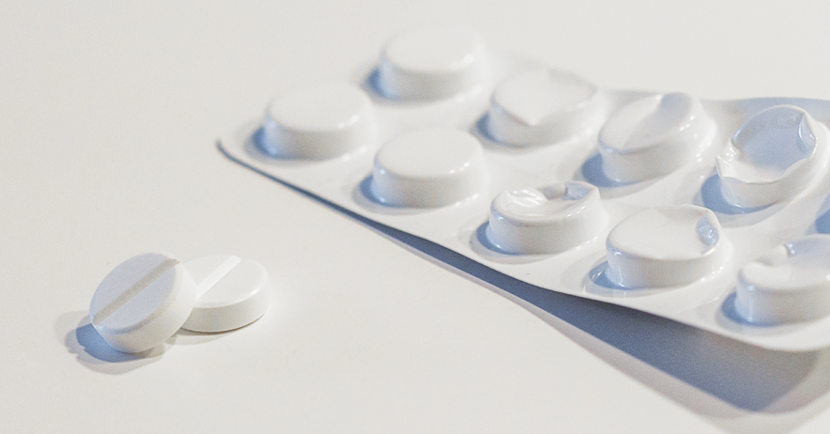Safety of paracetamol is not compromised
Tonight (Thursday July 9) the Dutch newspaper NRC and TV programme Zembla published an article on contamination of paracetamol (acetaminophen) with para-chloroaniline (PCA), a possibly carcinogenic substance. According to the Medicines Evaluation Board (MEB), the amount of PCA in the batches of paracetamol that were tested at the request of NRC and Zembla does not exceed the approved threshold. The safety of the use of paracetamol is not compromised.
Update, August 27:
On August 27, the MEB and the Health and Youth Care Inspectorate (IGJ) have published the investigation report on the safety of paracetamol and how safety is ensured. The report (in Dutch) can be found here. The document is currently being translated. In the meanwhile, a translated summary in English is available.
Strict limits are not exceeded, risk is negligible
Our response to this article is as follows:
During the production of medicines, irrespective of the production method used, other chemicals may arise in very small quantities. Strict limits apply to these types of substances. These substances may therefore be present in paracetamol, as long as the amount remains below the safety threshold at all times. For PCA, the strict limit applies of a maximum of 34 micrograms intake per day. The batches that NRC and Zembla had investigated, stay well below this limit.
This limit is determined based on a worst case scenario: a person using the maximum dose of paracetamol daily, throughout his whole life. Furthermore, the limit is based on a negligible risk: one additional person who develops cancer out of 100,000 people who use the maximum dose of paracetamol daily for life (3 grams of paracetamol, or 6 tablets of 500 mg, for over-the-counter medication). In short-term use of paracetamol, the risk is even lower.
Why do different PCA thresholds exist between food and medicine? Medicines aren’t used at random, but in case of illness or other complaints. Therefore, higher limits are allowed for medicines than for foods: the benefits outweigh the risks.
In addition, there is no maximum permitted amount for the use of foods, in contrast to medicines. Food consumption may lead to a much higher intake of contaminants than does the correct use of medicines.
As the Ministry of Health, Welfare and Sport indicated in an explanation, the MEB and IGJ take the safety of paracetamol very seriously. We will examine any indications that there are paracetamol batches in the Netherlands that exceed the approved PCA threshold and we will contact fellow organizations in Europe to discuss our findings. If these consultations give cause to do so, appropriate action will be taken.
